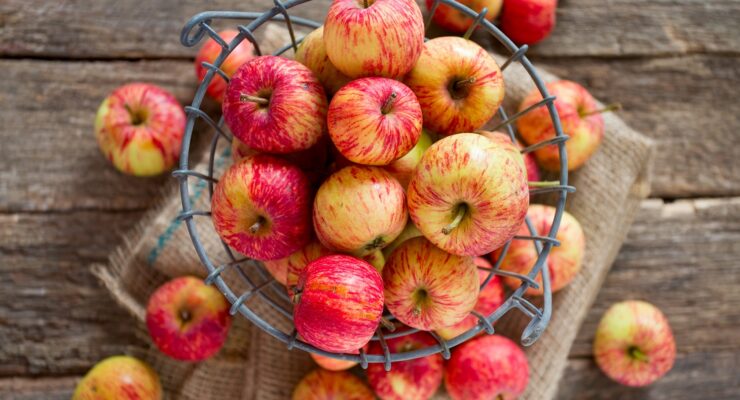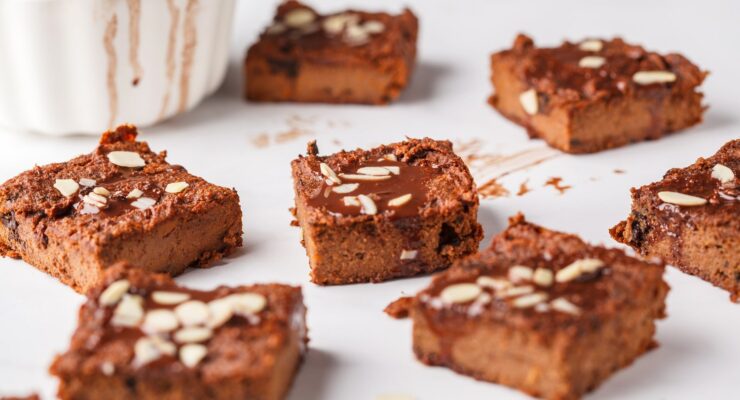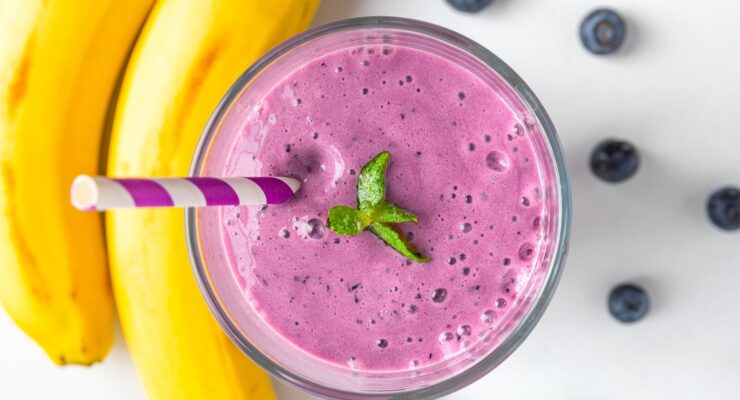4 Surprising High Glycemic Index Foods That May Stall Weight Loss
Article posted in: Diet & Nutrition Experts’ Corner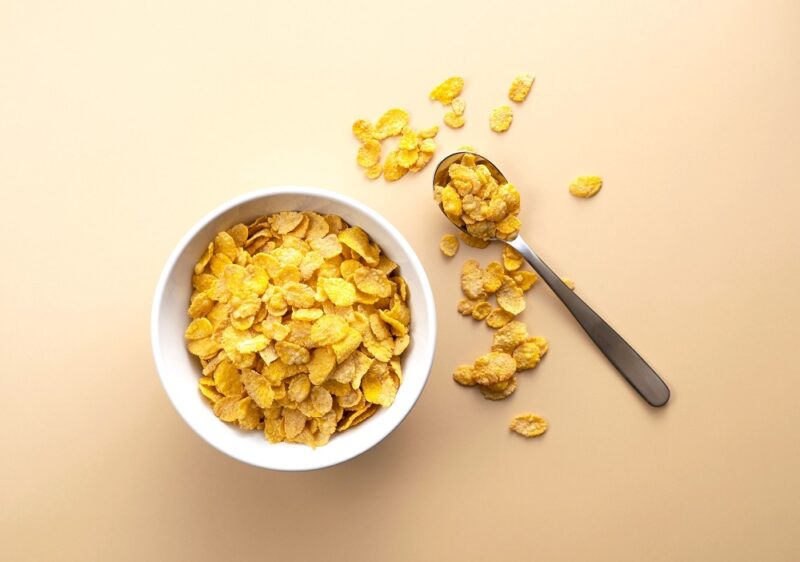
Are you struggling to see weight loss results, or have you hit the dreaded weight loss plateau? It may be time to fine-tune your plan by looking at the glycemic index (GI) of the foods in your diet. Simple swaps can get you back on track with your weight loss goals.
What Is The Glycemic Index?
The glycemic index measures how quickly carbohydrate-containing foods raise blood sugar levels. Using a 0 to 100 scale, foods are tested and classified into three categories:
- Low GI: 0 to 55
- Medium GI: 56 to 69
- High GI: 70 and higher
High GI foods are digested quickly and cause a rapid spike in blood sugar levels, while low GI choices are digested more slowly and cause a gradual rise in blood sugar levels. Foods that do not contain carbohydrates – like eggs, meat, cheese, and nuts – are not included in glycemic index testing as they have a naturally low impact on blood sugar levels.
How The Glycemic Index Helps Weight Loss
High GI foods can cause rapid blood sugar and insulin fluctuations, leading to energy crashes and sugar cravings. Research suggests these foods may also reduce metabolism, promote inflammation and increase fat storage.
In contrast, low GI foods provide a more stable and gradual rise in blood sugar and insulin levels, helping to control hunger, reduce fatigue and prevent overeating. Swapping high GI foods for low GI alternatives within a balanced, reduced-calorie diet can boost your weight loss success.
5 Surprising High Glycemic Index Foods And Healthier Alternatives
In many cases, you can lower the glycemic index of your diet simply by eating more fiber-rich carbohydrate foods. Choose fruits, vegetables, beans and whole grains over white bread, white rice, processed snacks, sweets or soda.
However, some high GI foods are less obvious and could hinder your weight loss progress. To help you avoid these sneaky culprits, we’ve compiled a list of four surprising high GI foods and provided suggestions for healthier alternatives.
1. Cornflakes
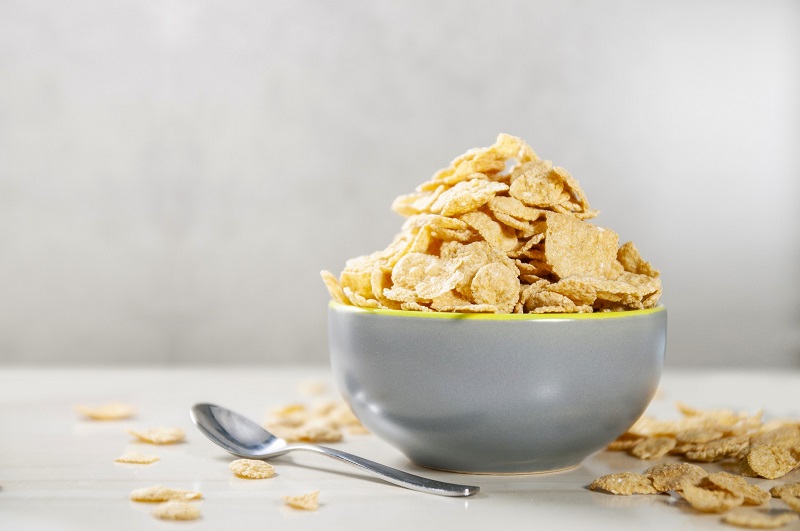
This breakfast staple is known for being low in calories. In fact, an entire diet plan was created around eating cornflakes for two meals each day.
However, with less than one gram of fiber per cup, this popular cereal does not have the staying power to keep you satisfied between meals.
Managing hunger can make or break your ability to stick with dietary changes. Even if you can power through cravings initially, regularly feeling hungry increases your chances of weight regain.
Try swapping out cornflakes for a lower glycemic index breakfast cereal – like bran flakes. Or try a higher protein breakfast – like this turkey sausage and sweet potato casserole recipe – to stay full and focused throughout your morning.
2. Wheat Bread
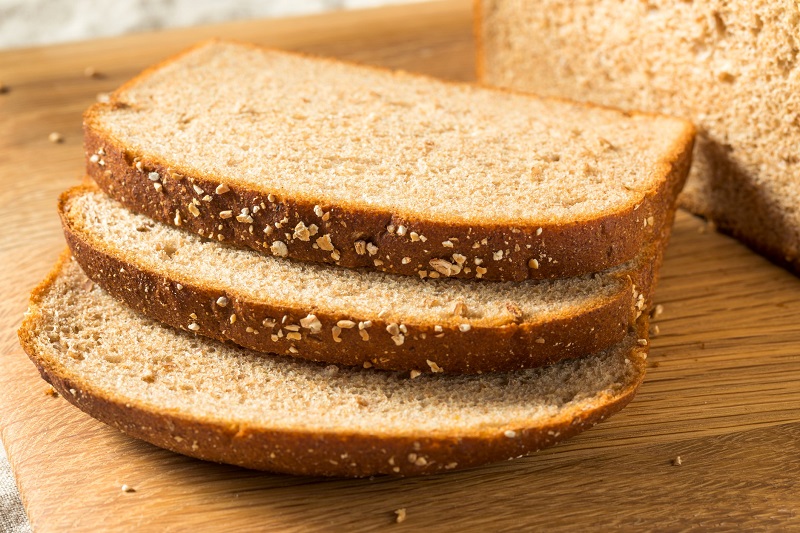
You’ve likely heard that wheat bread is better than white bread. But that’s not always the case.
Many wheat bread options have the same calorie content and glycemic impact as white bread. To be labeled wheat bread, a product only needs to contain a blend of wheat and white flour.
On the other hand, 100% whole wheat bread is made exclusively with flour containing all three parts of the wheat grain. This type of bread delivers B vitamins and fiber that lower the glycemic index, providing steady energy throughout the day.
What’s the difference between 100% whole wheat and 100% whole grain? Only the type of grain used. For example, whole grain bread may contain grains like rye, oat or barley instead of wheat.
Reading product labels will help you find the best bread options. Here’s what to look for:
- 100% whole grain label on the packaging
- Whole grain flour listed as the first ingredient (i.e., whole wheat, whole rye, whole oat)
- At least 2 grams of fiber per slice.
- No more than 2 grams of added sugar per slice
3. Gluten-Free Foods
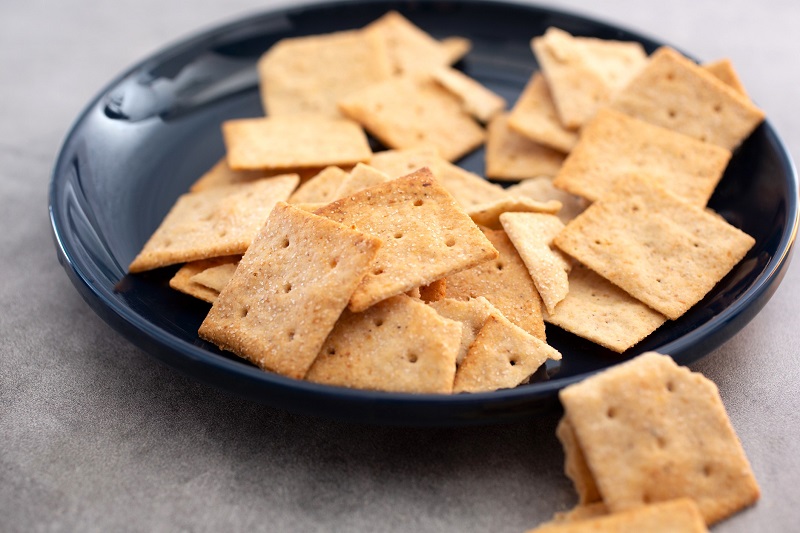
Gluten is a protein found in wheat. Gluten-free foods are often considered healthier options, and gluten-free diets have become trendy for weight loss.
Despite this, no scientific evidence shows that gluten-free diets cause weight loss in people without celiac disease. Additionally, there’s no proof eating gluten causes weight gain.
While naturally gluten-free foods such as fruits, vegetables, legumes and nuts are nutritious, processed alternatives to wheat-based products are frequently made from refined grains like white rice, tapioca and cornstarch. These substitutes can lead to spikes in blood sugar that ultimately interfere with weight loss.
What does help with weight loss? Including foods with plenty of protein and fiber in your diet. These foods preserve lean muscle mass and keep blood sugar levels steady, so you keep your metabolism up and your hunger at bay.
4. Smoothies
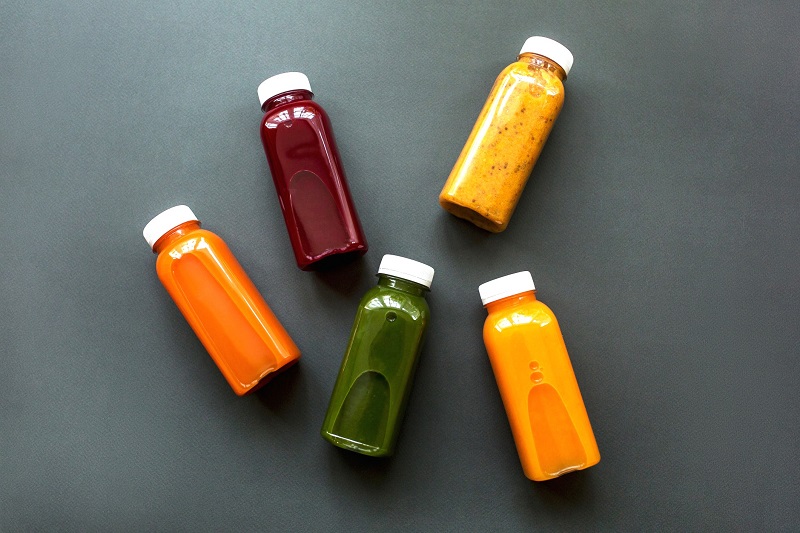
Eating a variety of fruits and vegetables is essential to maintaining a healthy weight in the long run. Smoothies are a tasty and convenient way to increase your intake of these essential foods.
However, while smoothies can be a great addition to a healthy diet, whether they help you achieve your weight loss goals depends on how you make them.
Many smoothies contain high amounts of added sugars from fruit juices, sweeteners, flavored milk, yogurts and protein powders. These added sugars can lead to blood sugar spikes and crashes, making it harder to maintain a healthy weight.
To avoid these negative impacts, follow this lower-glycemic index smoothie formula. Blend together:
- 5 cups of leafy greens (spinach, kale, arugula)
- 1 cup of fruit (blueberries, raspberries, strawberries, peaches, apples, oranges)
- 1 cup of unsweetened milk
- 1 scoop of unsweetened protein powder
Tips For Improving Weight Loss With The Glycemic Index
By choosing more low glycemic index foods, you can improve the quality of your diet and avoid common weight loss pitfalls, such as hunger, cravings and fatigue.
However, remember that the glycemic index is just one component of an effective weight loss plan. Use these strategies with an overall balanced, low-calorie diet for optimal results.
Nutrisystem plans are designed by dietitians to provide balanced nutrition that incorporates the science of the glycemic index. They take care of pretty much everything, including delivering easy, pre-made meals and providing a high protein and fiber meal plan. This straightforward approach can make it simple to get back on track with your weight loss quickly.
With time, you can become an expert at incorporating delicious, balanced, and low-glycemic meals and snacks into your daily routine for a long-term healthy lifestyle.


